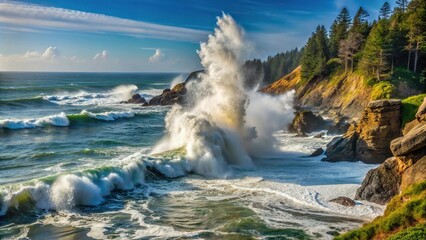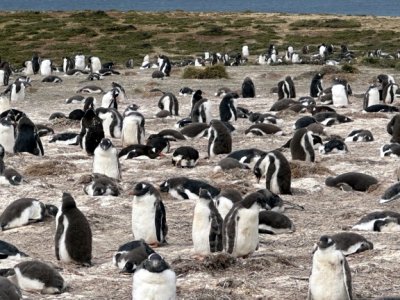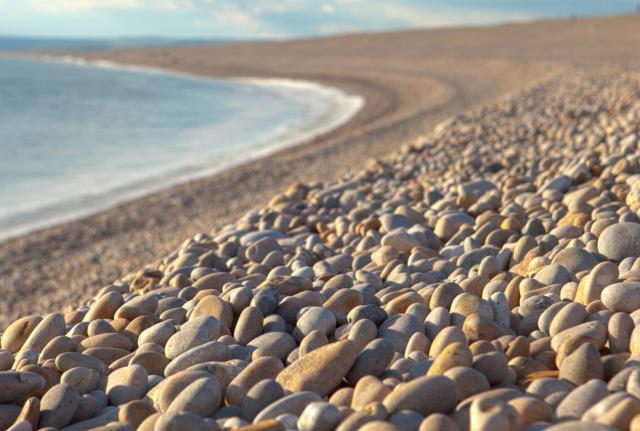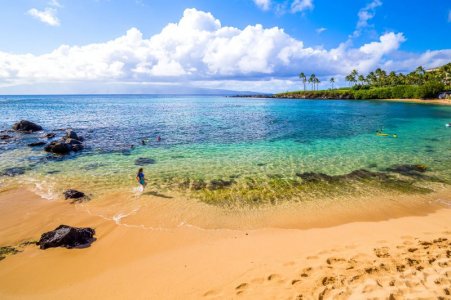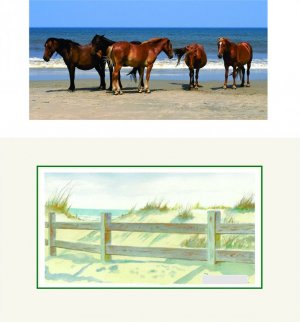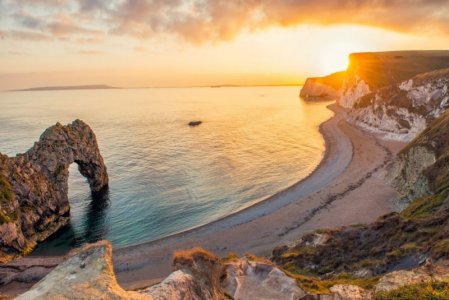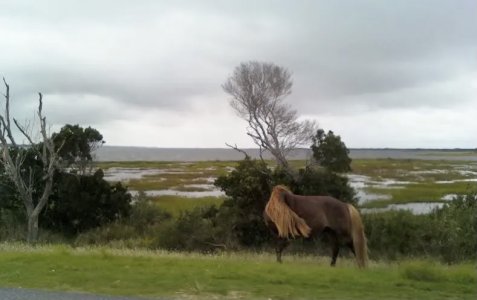Caladesi Island. I was born and raised in Pinellas Country Florida. Back in the 1960's some of my friends and I would swim over to it by the pass from the north end of Clearwater Beach Island. Back in those days it was about a 200 yard swim and then you would have the whole island to yourself. That pass was later closed up by a Hurricane.
Caladesi Island State Park - Wikipedia
Caladesi Island State Park is a
Florida State Park located on Caladesi Island in the
Gulf of Mexico, across
St. Joseph Sound to the west of
Dunedin, Florida, and north of
Clearwater Beach.
It is accessible by passenger
ferry or by private boat from a dock on
Honeymoon Island, provided primarily for convenience of access from the north (Dunedin area). Alternatively, since the late 1980s, the state park can be reached on foot from Clearwater Beach to the south; it is only separated by a "welcome" sign. Thus, Caladesi Island is not its own island, but shares its island geography with Clearwater Beach.
Amenities include a three-mile nature trail, a
marina, picnic pavilions, bathhouses, a park concession stand, and a beach.
[1] In 2005, the Caladesi Island beach was listed as having the fourth-best beach in the country; in 2006 and 2007 the second-best; and in 2008 the best beach in the United States by
Dr. Beach.
[2][3][4][5]
Prior to the
arrival of Europeans, the
Tocobaga resided on or near the island. A number of
middens were left there by the Tocabaga or
their predecessors, including burial mounds.
[6] In the 1500s European explorers first
visited the area. Archaeological evidence of a
Spanish colonial presence uncovered on nearby Clearwater Island, including rumored remains of two Spanish soldiers and pottery predating
Juan Ponce de León's arrival in Florida, suggested links to Caladesi, where a Spanish stirrup was found.
[7] Sometime in the 1780s, a Spanish Cuban fisherman, variously called "Desi" or "Caldees", reportedly established a
rancho on a
bayou (
Cala in
Spanish) at the southern tip of the island, etymologically contributing to the name
Caladesi. Following the
1848 Tampa Bay hurricane the rancho was permanently abandoned.
During the latter half of the 19th century Caladesi was known as Hog Island, a name it would hold until 1928, when it was officially renamed Caladesi. It was so named on account of the
free-roaming hogs that populated the island.
[8] Originally a single, 6-mile-long (9.7 km)
barrier island, Caladesi and Honeymoon islands were created in 1921 when a
hurricane cut Hurricane Pass to divide the larger island into two parts.
[3] Until the 1950s Caladesi was separated from Clearwater Beach by Big (Dunedin) Pass. Starting in 1959, the construction of the
Dunedin Causeway caused Big Pass to gradually silt up.
[9] Although Caladesi is still referred to as a separate island,
Hurricane Elena filled in Dunedin Pass in 1985, making Caladesi Island accessible by walking northward from North Clearwater Beach.
[10]
In the 1880s, homesteader Henry Scharrer decided to settle on the island, establishing permanent occupancy there in 1890. Four years later he married Catherine ("Kate") McNally, and in 1895 they birthed their daughter
Myrtle Scharrer Betz on the island. In 1902 McNally died, but until 1920 Scharrer maintained his property, which drew prominent visitors into the 1930s, as a tourist attraction. Until his death in 1934 he and Betz lived almost continuously on the island; the latter married Herman Betz in 1915, and after four years in
Miami and
St. Petersburg the couple returned to Caladesi, moving to the mainland in 1934 just before Sharrer's death.
[11][12][13]
In the 1930s Scharrer expressed his wish to Betz that Caladesi be preserved as a wildlife refuge and recreational area, but until the 1960s such a proposal was regarded as impractical.
[14] In 1946 the 157-acre Scharrer homestead was sold to City of Dunedin Commissioner Francis L. Skinner, on the condition that its natural state be retained.
[15] In the 1950s the original residential buildings and cabins on the property burned down.
[16] In 1967 the Scharrer and other properties on Caladesi were obtained by the State of Florida and made a state park.
[17]
Later in life, at the age of 87, Betz penned the book
Yesteryear I Lived in Paradise, telling of her life on the barrier island.
[1] Having died eight years previous, in 2000 she was posthumously honored as a
Great Floridian.
[18] Prominent visitors to the island include
Robert Lincoln,
Carl Sandburg,
Fritz Kreisler,
Clark Howell, and
Eddie Rickenbacker. Journalist
Robert H. Davis visited the island in 1930, authoring a quadripartite piece on Henry Scharrer for the
New York Sun.
[19]



